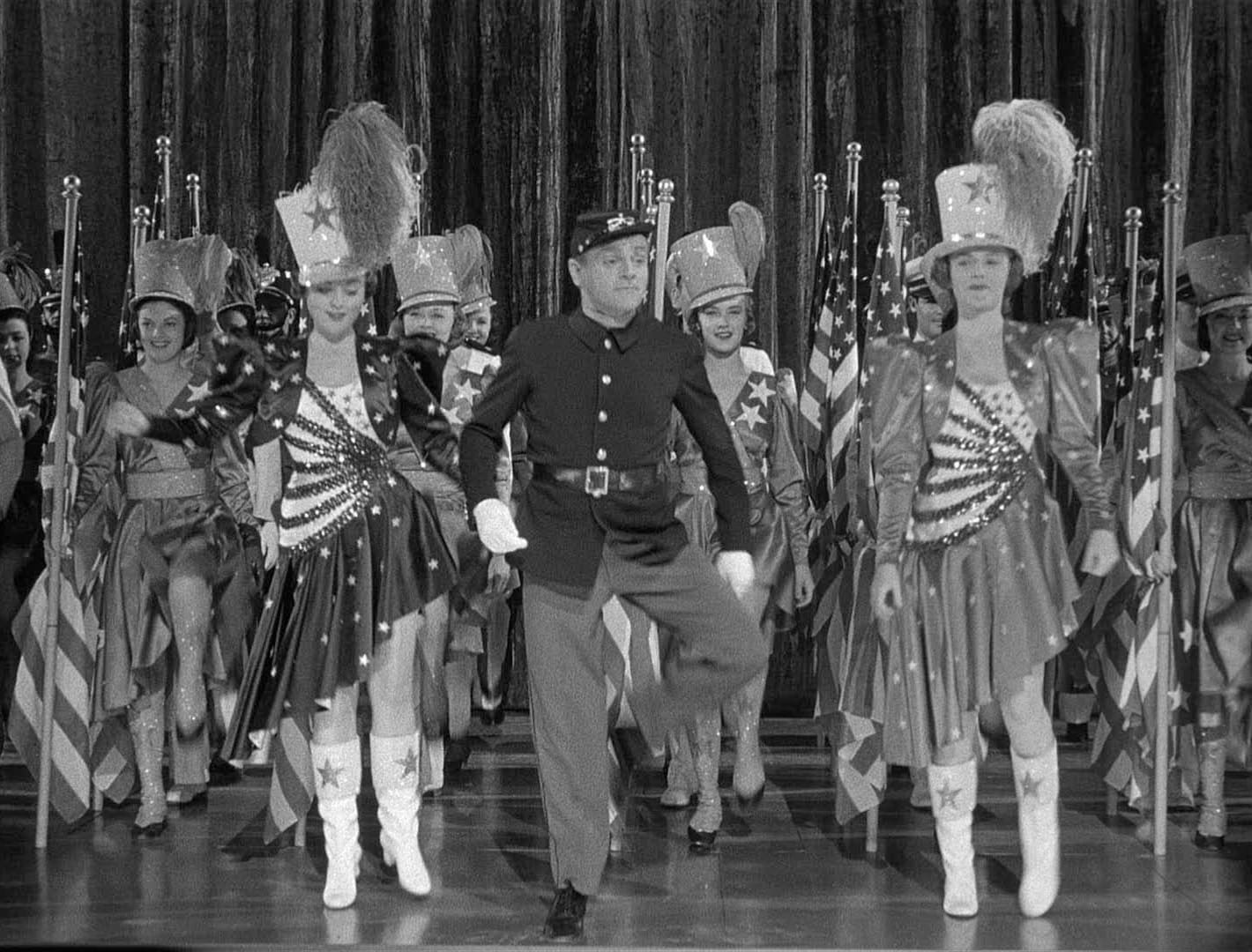James Wong Howe’s Way with Light

James Wong Howe was a fighter, and he learned how to be one over the course of a turbulent upbringing. Born Wong Tung Jim in 1899, in the Chinese province of Guangdong, the man who would become one of the most revered cinematographers in film history was separated from his mother early on: she fell into a coma while giving birth to him and was presumed dead for several days, and though she eventually awoke, Wong Howe’s father ended up relocating to Pasco, Washington, soon after, with their infant son and a new wife. The child yearned for China and the mother he never knew, but in the face of the cruel, sometimes violent bullying of his classmates in the United States, his desire to assimilate proved stronger than his heritage, which his father tried to reinforce by making him wear traditional Chinese clothing and a long queue that fell down his back. In adulthood Wong Howe recalled, “I wanted to get away from the Chinese thing. Other than my looks, I was purely American.” No matter how he tried, though, he wasn’t perceived that way. His name, a mash-up of Chinese and anglicized elements assigned to him by a schoolteacher, was a lifelong reminder of his foreign-born status.
Wong Howe traveled a circuitous route to his vocation. After the death of his father in 1914, he fled his abusive stepmother and the bigoted community in Pasco to seek his fortunes in Oregon, settling for a time in Portland, where he found minor fame as a local prizefighter. Then he moved to California with dreams of becoming an aviator, only to discover that the Chinese people there were limited to working in menial jobs as restaurant workers, launderers, and delivery boys. It was during a stint at a photography studio that Wong Howe taught himself the basics of the camera and various film stocks. This expertise came in handy when he happened upon a shoot for a Mack Sennett movie in Los Angeles’s Chinatown. One of Sennett’s crew members—a man Wong Howe had once boxed with—advised him to seek out Alvin Wyckoff, who had served as the cinematographer on dozens of Cecil B. DeMille’s pictures and was the head of the camera department at Lasky Studios. Wong Howe arrived at Lasky hoping to land a gig, and when he was denied entry by a puzzled guard, he scaled a fence and talked himself into a job carrying camera equipment. From this humble beginning in 1917, he went on to become one of the most celebrated and best-paid cinematographers in Hollywood.
Like many Asian Americans, Wong Howe was estranged from his parents’ culture and discriminated against at home. Perhaps because of this, he had a deep desire to express himself and was indefatigable in his pursuit of the skills needed to do that. In his spare time, he bought a manual coffee grinder to practice what it would be like to crank a camera should he get the opportunity to call the shots behind one. His chance came in 1919 when, on the set of DeMille’s silent film Male and Female, he was asked to fill a vacancy for fourth-assistant cameraman on a complicated scene in which Gloria Swanson is mauled by a lion. DeMille took a liking to Wong Howe because of his appearance—short and muscular, with a giant cigar clenched determinedly between his teeth. Their relationship was cemented when, after the director’s crew had spent hours trying to capture a canary singing, Wong Howe came up with the idea of inserting a piece of gum into its beak, causing it to open and close its mouth to get the gum unstuck—enough to make the bird look like it was vocalizing.
“Wong Howe wasn’t just a master of eye-catching images; he was also brilliant at suggesting subtext and heightening narrative climaxes.”






